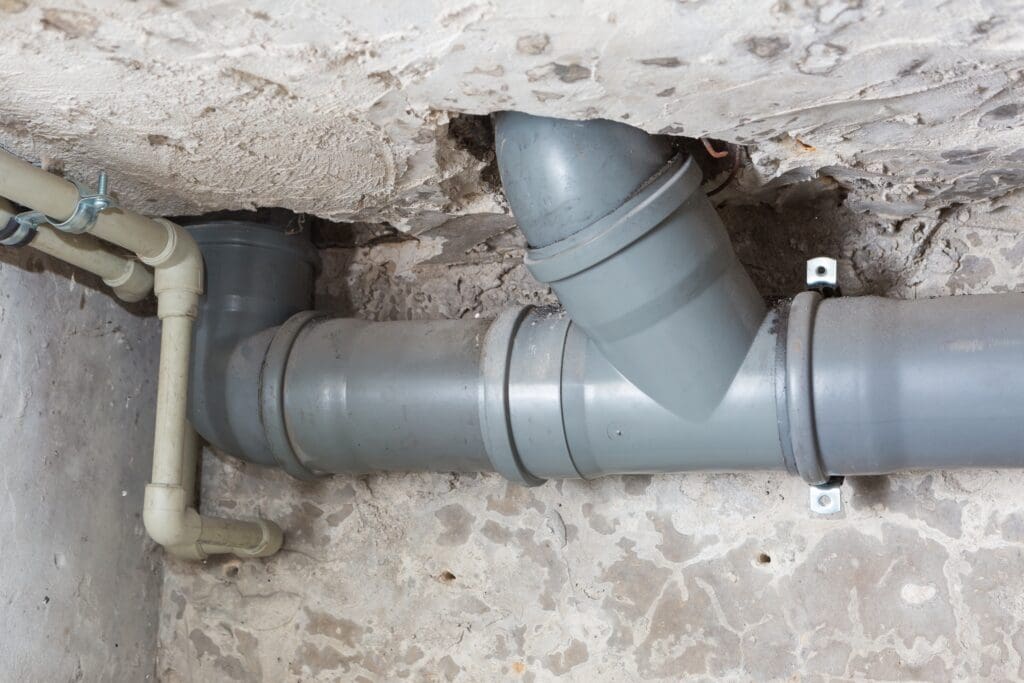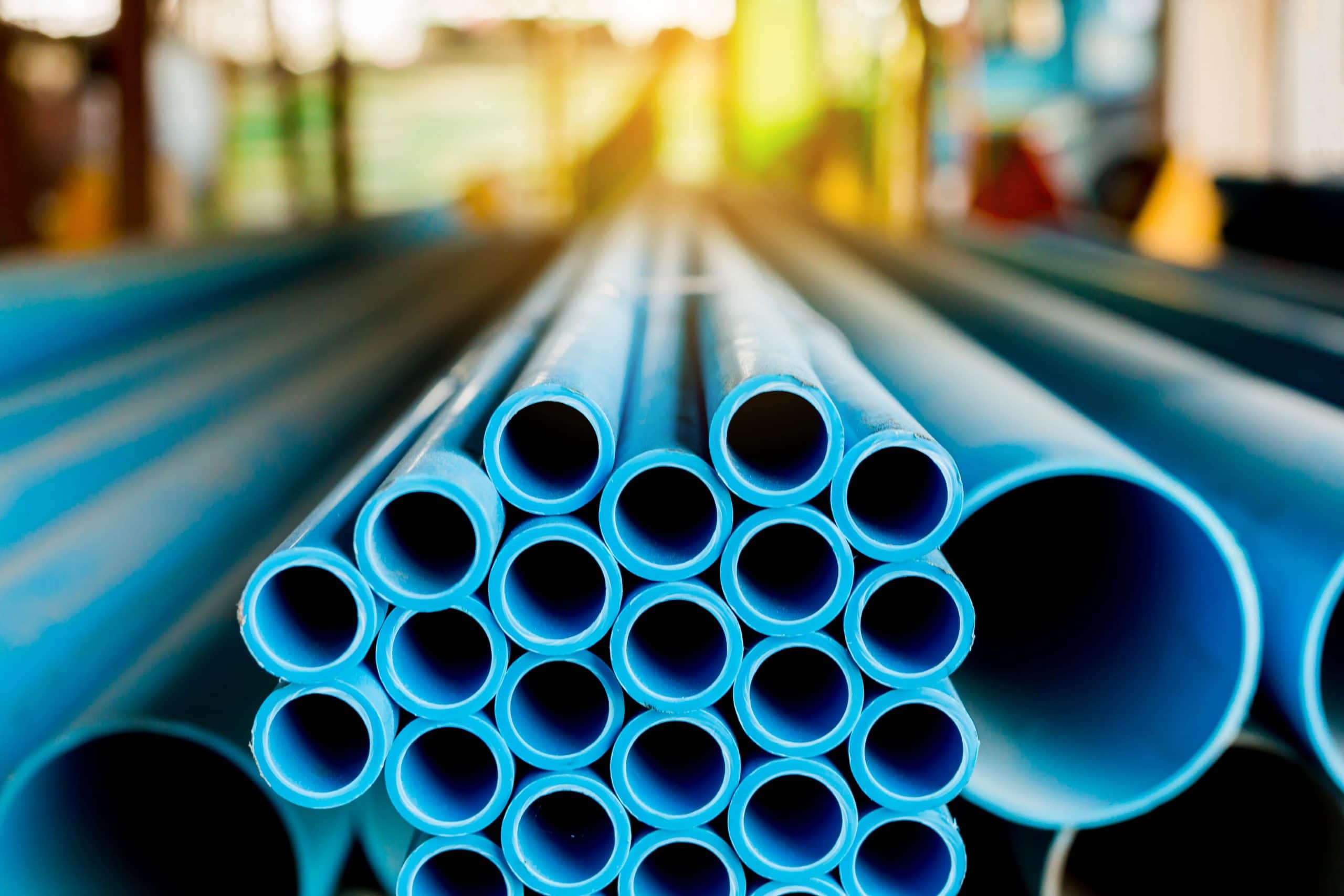Exploring the Core Concepts of Home Plumbing: A Beginner's Introduction
Details HereHow do you really feel about How Does the Plumbing Work in Your Home??

Plumbing is a vital aspect of any home, in charge of providing clean water for drinking, food preparation, and showering, as well as removing wastewater securely. Comprehending the basics of home plumbing is essential for every single home owner to make sure proper upkeep, troubleshooting, and, if needed, repair work. In this newbie's overview, we'll cover the fundamental principles of home plumbing to assist you become extra aware of how it functions.
Supply Of Water System
The water supply system brings tidy water into your home from a local water source or an exclusive well. It consists of a major water line that connects to your home's plumbing system, generally located underground. A water meter gauges the amount of water eaten, while a shut-off valve enables you to control the flow of water right into your home.
Plumbing Fixtures
Plumbing components are tools that provide water to numerous parts of your home and include sinks, taps, toilets, showers, tubs, and devices such as dishwashing machines and cleaning machines. Each component is attached to the supply of water system using pipes and fittings and might have its shut-off valve for maintenance or emergency situations.
Water Heating System
The water heating unit is in charge of heating water for domestic usage, consisting of bathing, cooking, and cleaning. Usual kinds of hot water heater consist of tank-type hot water heater, tankless (on-demand) water heaters, and heat pump hot water heater. The hot water heater is attached to the supply of water system and provides warm water to plumbing components as needed.
Drainage System
The drain system eliminates wastewater from your home and lugs it away to a sewer treatment facility or septic system. It contains a network of pipelines, installations, and fixtures that deliver wastewater from plumbing fixtures to the major sewage system line or sewage-disposal tank. Proper drainage is necessary to stop obstructions, backups, and sewage leaks.
Ventilation System
The air flow system aids keep correct atmospheric pressure and prevent sewer gases from entering your home. Vent pipelines, also known as air vent heaps, expand from plumbing components to the roof covering, permitting sewage system gases to run away securely outdoors. Air flow pipes also allow air to enter the drainage system, facilitating smooth wastewater circulation and protecting against suction or vacuum cleaner impacts.
Typical Plumbing Tools
Having the right devices accessible is crucial for executing standard plumbing repair services and maintenance tasks. Usual plumbing devices include adjustable wrenches, monkey wrench, pliers, pipeline cutters, hacksaws, plungers, augers (or drainpipe serpents), and Teflon tape. Having these tools readily offered can assist you deal with small plumbing concerns effectively.
Basic Plumbing Repairs
While some plumbing fixings might require specialist aid, lots of common concerns can be attended to with basic do it yourself methods. Learning just how to repair a leaky tap, unclog a drain, replace a commode flapper, or repair a trickling showerhead can save you money and time on plumbing repair work.
Conclusion
Comprehending the basics of home plumbing is necessary for each home owner to preserve a secure, practical, and reliable plumbing system. By familiarizing on your own with the supply of water system, plumbing components, drainage system, air flow system, common plumbing tools, and standard repair work, you can with confidence address small plumbing issues and ensure your home's plumbing system runs efficiently.
Plumbing for Beginners: A Comprehensive Guide
If you’re a beginner when it comes to plumbing, don’t worry; you’re not alone. Plumbing may seem intimidating, but with the right knowledge and a little practice, you can handle many common plumbing issues on your own. In this comprehensive guide, we will demystify the world of plumbing for beginners, providing you with the basic knowledge and skills needed to tackle common plumbing problems and even take on some DIY plumbing projects.
The Importance of Basic Plumbing Knowledge for Beginners:
First and foremost, basic plumbing knowledge gives you a solid foundation. It helps you grasp the key concepts and terminology that are essential in this field. By learning the basics, you’ll be able to build upon that knowledge and tackle more complex plumbing tasks in the future.
Having a basic understanding of plumbing also enables you to handle common issues that may arise in your home. Picture this: a leaky faucet or a clogged drain. With some basic plumbing knowledge, you’ll have the confidence to troubleshoot and fix these problems on your own. It saves you from unnecessary expenses and the hassle of waiting for a professional to arrive.
As a beginner, learning the basics of plumbing empowers you to take care of your own home. It gives you a sense of independence and self-reliance. You’ll no longer have to rely solely on professionals for every small issue that pops up. Instead, you can handle many tasks yourself, saving time and money in the process.
Remember, everyone starts as a beginner. Embrace the learning process and take small steps to expand your plumbing knowledge. There are plenty of online resources, tutorials, and even local workshops that talk about plumbing for beginners.
Essential Tools for Plumbing for Beginners
As you start your plumbing journey, having the right tools in your toolbox is crucial. Let’s explore some of the must-have tools:
Adjustable Wrench:
This versatile tool is a staple in any plumber’s toolbox. It allows you to tighten or loosen nuts and bolts of various sizes. Make sure to have an adjustable wrench with a comfortable grip.
Pipe Wrench:
A pipe wrench is specifically designed for gripping and turning pipes. It has serrated jaws that provide a strong grip, making it easier to loosen or tighten threaded pipes and fittings.
Plunger:
The plunger is a simple yet effective tool for clearing clogged drains and toilets. It creates suction when you push and pull, helping to dislodge blockages. Keep a good-quality plunger handy for those unexpected clogs.
Pipe Cutter:
When it comes to cutting pipes, a pipe cutter is your go-to tool. It creates clean, precise cuts without damaging the pipe. Look for a pipe cutter that can handle the pipe sizes you’re working with.
Hacksaw:
A hacksaw is useful for cutting through pipes, screws, and other materials. It’s a versatile tool that can handle different cutting tasks. Remember to use a blade suitable for cutting metal.
Tape Measure:
Accurate measurements are crucial in plumbing. A tape measure allows you to measure pipe lengths, distances, and dimensions accurately. Opt for a sturdy tape measure that extends a good length.
Pliers:
Pliers come in handy for various tasks, such as gripping, bending, and cutting. Slip-joint pliers with adjustable jaws are great for gripping pipes, nuts, and bolts.

Do you appreciate reading up on What to Know About Plumbing: Basics, Tips, and Insights? Put a review down below. We would be delighted to find out your suggestions about this entry. Hoping to see you back again in the near future. You should take the time to promote this blog entry if you enjoyed reading it. Many thanks for taking the time to read it.
Book Maintenance